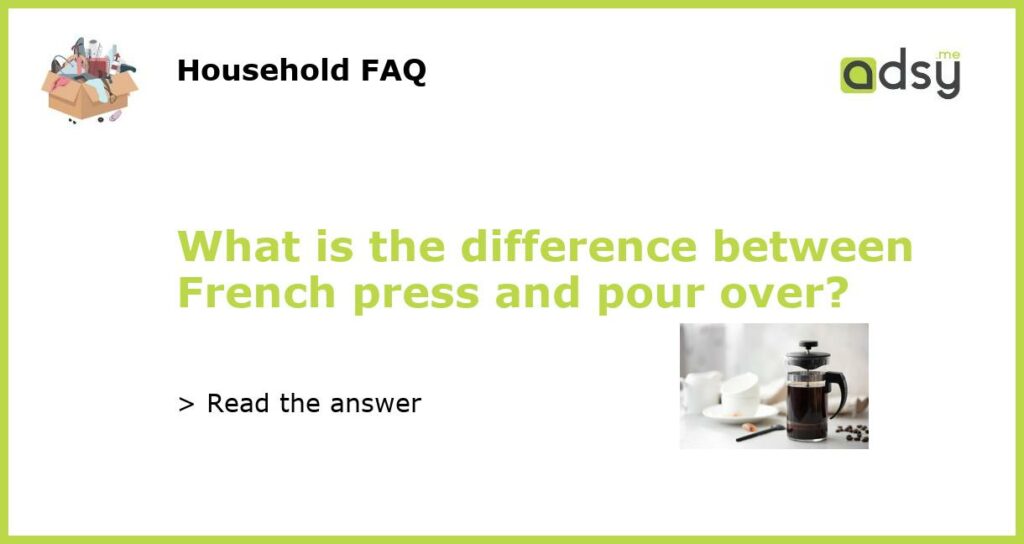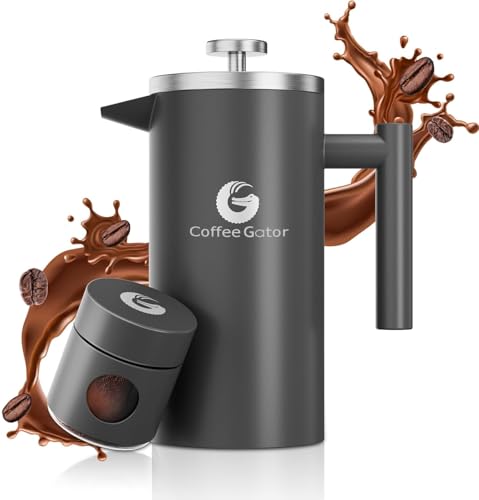French press and pour over: two popular manual brewing methods
For coffee lovers who want to take brewing into their hands, two of the most popular manual methods are the French press and pour over. Although the end product is still a cup of coffee, there are key differences in the brewing process and resulting flavor profiles. In this article, we’ll dive into the basics of each method and explore the differences between them.
The French press method: bold and full-bodied
The French press, also known as a press pot or plunger pot, uses a metal or glass cylindrical container with a plunger and a metal or nylon mesh filter. The coarsely ground coffee is steeped in hot water for several minutes, then the plunger is pressed down to separate the brewed coffee from the grounds. The result is a full-bodied, bold cup of coffee, with the oils and flavors of the beans fully extracted into the brew.
The pour over method: clean and nuanced
In the pour over method, hot water is poured in a slow, circular motion over a cone-shaped filter filled with medium-fine coffee grounds, which sits on top of a cup or carafe. As the water drips through the filter, it extracts the coffee’s flavors and oils, resulting in a clean, nuanced cup of coffee with a lighter body than the French press method. Pour over also allows for greater control over the brewing process, as the water flow rate and temperature can be adjusted to fine-tune the final brew.
Differences in brewing time and grind size
One key difference between the two methods is the brewing time. French press coffee typically steeps for four to five minutes, while pour over coffee may take two to three minutes. Additionally, the grind size of the coffee beans used in each method varies. French press requires a coarser grind to allow the grounds to steep without passing through the filter, while pour over requires a medium-fine grind for optimal extraction.
Which method is right for you?
Choosing between French press and pour over depends on personal taste and brewing preferences. French press may be ideal for those who enjoy a bold, strong cup of coffee with a rich mouthfeel, while pour over may appeal to those who prefer a cleaner, more nuanced cup of coffee with greater control over the brewing process. Ultimately, both methods offer a great opportunity to savor the unique flavors of different coffee beans in a hands-on, manual brewing experience.






